Light is photography..
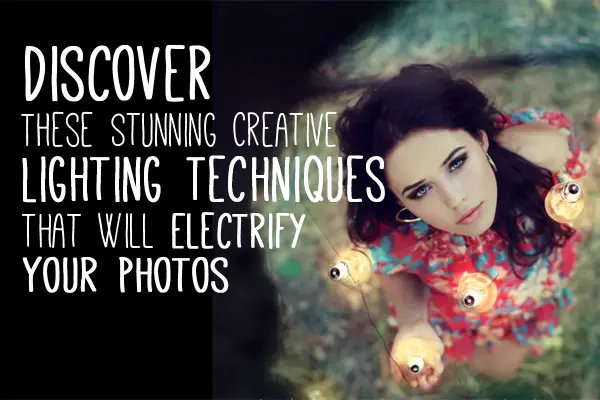
Without it, photographs would make for some of the dullest looking objects; as pointless an activity, as that of watching a documentary on the beauty of rainbows on a black and white television set!
Many first time photographers struggle with the fundamentals of lighting, I certainly did, as there are so many options and choices available to add illumination to a subject, it’s hard to know where to start and even harder to know what to experiment with.
Light is everywhere, as photographers we need to pay attention to it, study it, and understand how it coats everything, as only then can we master it.
Below you’ll find some of the best examples of lighting used creatively. These creative lighting techniques and diagrams are from some of the greatest names in photography, featuring their methods and techniques so that you can try them yourself; or perhaps you’ll find inspiration and go on to construct your own awesome original lighting set ups!
But first..
Natural light is your Best Friend
Natural light is the best source of lighting any photographer will ever get to work with, mostly because for 12 hours of any given day you have a vast abundance of it; and it’s completely free!
Natural light is always best worked between the first few hours of a morning and the last few hours of the evening. This is because the light dims slightly adding a cool or warm natural defuse that clears the air and makes an awesome glow.
Almost all of the best landscape photographs are captured, during these hours of the day.
How You Can Use It
-Reflecting It – the natural light is reflected to cast the light on to the opposite side of the subject
-Bouncing It – here the light has been bounced directly at a diffusing shield that casts a brilliant yet even cast upon the subject
-Diffusing It – Here the light of the sun is naturally diffused by the haze of the evening air casting a rich yet powerful glow over the subject and surrounding back drop
These are just a few ways that natural light can be manipulated, you can also blend it with other light sources.
Fluorescent Lighting is your Enemy, but you know what they say about those!
As a rule, photographers hate using fluorescent light, which is basically light that comes from a domestic light bulb. The light is usually harsh and hard to contain, it’s also very yellow.
But so what! If you want to give your photographs some grit and a moody narrative, then you can’t go too far wrong with fluorescent light sources.
Strong florescent lights emit a very ugly glow, but in the right kind of environment, and the right kind of narrative behind the image, they can make a photograph complete.
Standard Photographic Lighting Set-Up
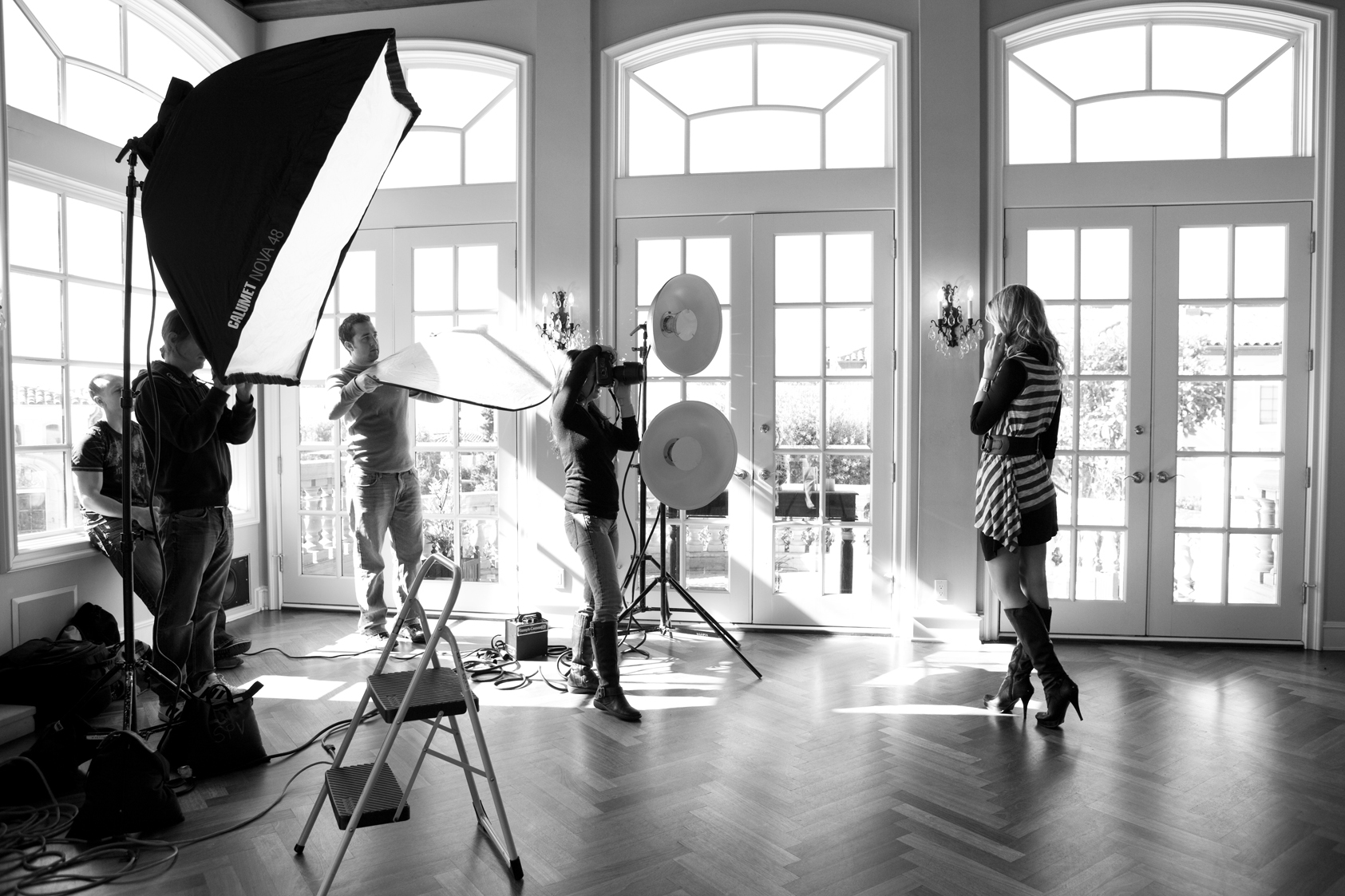
Standard lighting is the tried and tested method. If you want your photographs to look and feel highly professional, then follow the rules and stick to these types of set-ups, but I warn you; Photo editors and agents are not looking for just another photographer that can rig up and copy the set ups of other professional photographs, trust me, they have tons upon tons of these photographers on their books. You have to be creative and you have to be original.
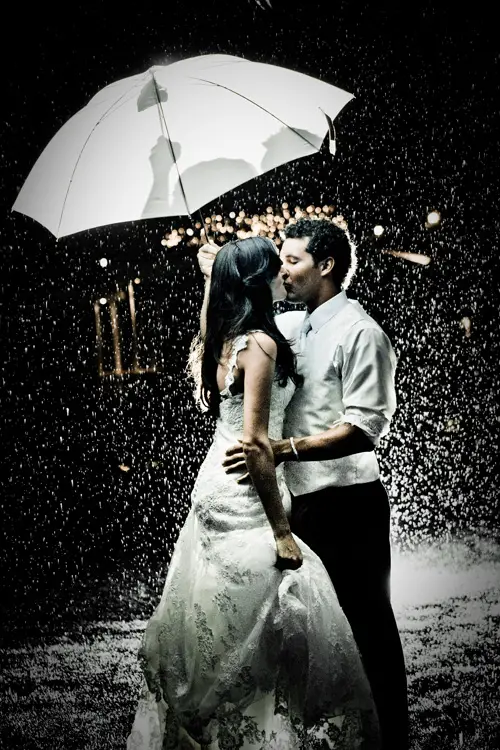
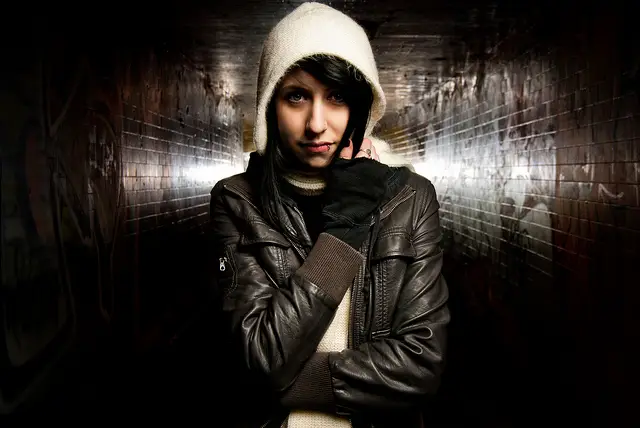
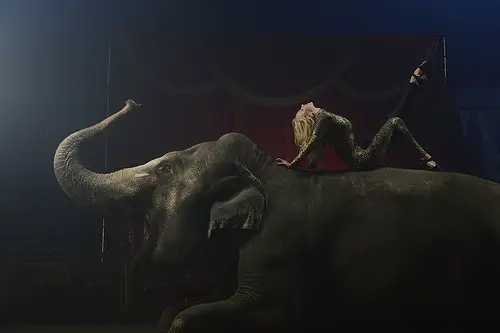
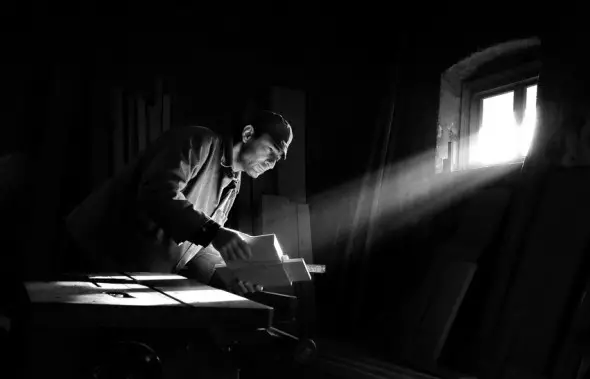
Another way to do this is when the greatest light source of them all, silhouettes your subjects
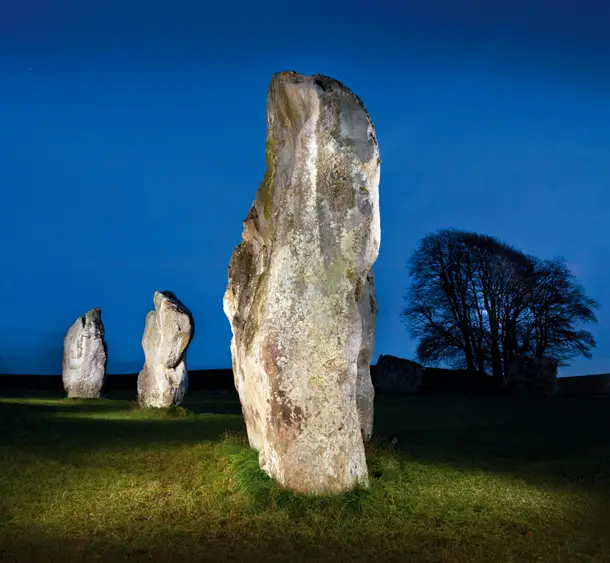
Thomas Demand builds everything from scratch in his photographs, this gives him complete control over his subjects and the lighting that will fall upon them.
Painting With Light
The best way to approach your experimentation is to imagine that light is your paint, it casts over everything and you can control this through knowledge of your camera and also by investing in a clever light meter. All DSLR’s have light meters built in and all are pretty good, however if you want the best that gives you every type of reading under the sun, then here is the one you buy…
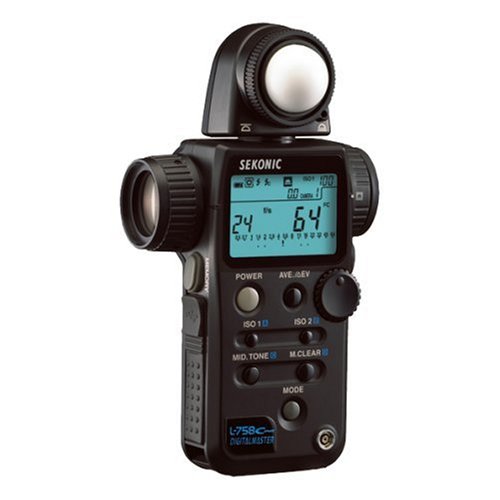
Only with such tools and preparation, you’ll generate the best results from your shoot. Have a look at a few of these past posts, they offer tools and inspiration:
Flash Kits
Lighting Techniques
Backlit Photographs
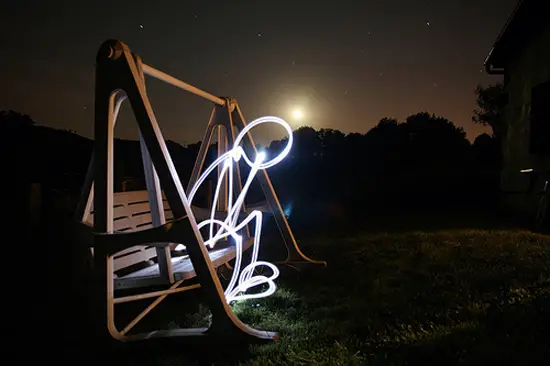
So What Are You Waiting For?
Allow yourself to become inspired, try out some of the set ups above, move some things around, introduce different light sources. Then below let’s discuss your favorite set-ups I cant promise I wont steal a few 😉 ! but most of all have fun with your experimentation.









Although I love natural light, my favourite setup would have to be the simple in the shade (most likely around midday) with a white or silver reflector 45 degrees to camera.